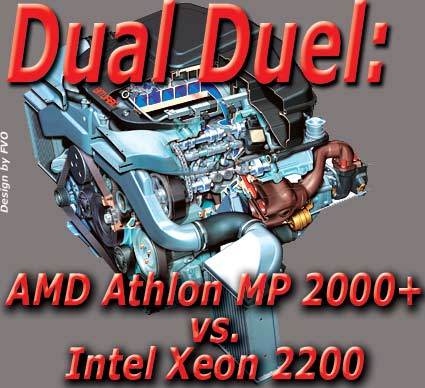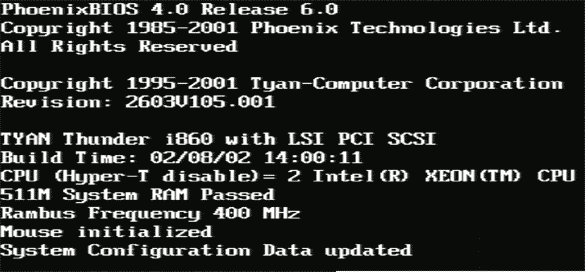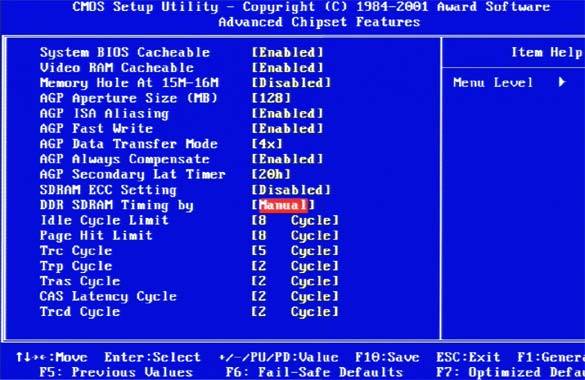The Dual Trap: Athlon MP 2000+ vs. Xeon 2200
Athlon MP 2000+: AMD Mixes In The Dual Market
"If you give me a VOB file, I'll thrash you to the ground!" - the messages sometimes get pretty hot at the Tom's Hardware Community, emotional reactions included. This quote had to do with the topic of "MPEG-4 Encoding," which is currently one of the true "killer apps." The fact is, in practice, only a select few applications are able to keep the CPU load at a high level. For this reason, Intel called upon software providers to develop programs that finally take full advantage of hardware resources. Ultimately, it's no secret that software helps to sell hardware, and vice versa.
Dual Intel Xeon with 2200 MHz.
Dual AMD Athlon MP 2000+.
In combination with the Divx codec (MPEG-4), the tool XFlask, the direct successor to FlaskMpeg, is one of the few applications that utilizes 100% of the processing power from two CPUs. So it's only in this specialized segment that buying a dual CPU platform pays off. In the past, Intel was the only one to offer processors with dual capability, namely with its Pentium II/III and Xeon CPUs. Recently, AMD has begun mixing in the dual market with its Athlon MP, which, like the XP model, is based on the Palomino core.
Maximum memory timing with the AMD platform.
Naturally, we'd want to compare the Athlon MP 2000+ against the Intel Xeon 2200. Here, a critical evaluation of rivals AMD and Intel will show you who's ahead in the game. Performance in practice and price-performance ratio are two aspects that play a decisive roll. Still, before you run out and buy a dual system, it should be made clear from the start that only special software has the capability of utilizing both processors simultaneously.
Get Tom's Hardware's best news and in-depth reviews, straight to your inbox.
Current page: Athlon MP 2000+: AMD Mixes In The Dual Market
Next Page Dual Platform From AMD: Athlon MP 2000+ With The 760MPX Chipset


